calsfoundation@cals.org
Blackwell (Conway County)
The Conway County community of Blackwell was organized in 1872 when the area was designated as a railway station by the newly developed Little Rock and Fort Smith Railroad. The stop was designated as Blackville Station and was primarily intended as an agricultural loading site. The area surrounding Blackwell is made up of Arkansas River bottomland that is among the most productive farmland in the state.
In 1878, the area warranted a post office, and a major disagreement ensured regarding the name for the community. Station stops along the railway were often named for someone employed by the railroad and had little to do with local geography or customs. Eventually, the community settled on the Blackwell name, although the record does not reflect why this was chosen over the name of the station stop, Blackville.
The town thrived during these early years and developed two full blocks of stores to supply local farmers and timber operations. In addition to the local drugstore and grocery store, there was a doctor, a cotton gin, and a sawmill (specializing in railroad cross-ties). Early names associated with the area include Dr. J. D. Eddy, Andy Hill, Charley Summerhill, Sterling Garrett, Dr. Mathias Theo (M. T.) Whickam (who served the black community), and Will Kindrick.
There were two schools established in the area. The school for white children was located on the south side of the railroad. The original school burned in 1916 but was soon replaced. The school for black students was located north of the railroad. Both schools went to the eighth grade, and students wanting further education had to ride the railroad’s mail car to Morrilton (Conway County) to attend classes there. It was common for these racially segregated schools to operate as entirely separate school districts. In 1931, both of the schools in Blackwell became a part of the new Morrilton Consolidated School District No. 32 that had both a black and a white high school.
St. Matthew #3 Missionary Baptist Church was established in 1906, and the Diggs Chapel African Methodist Episcopal Church started there in 1880.
Blackwell was among the eighteen Titan II Missile units that were located in central Arkansas. Efforts were made to convert the Blackwell site to a museum, as it was located near Interstate 40 and was thought to have significant tourist potential. However, the continued Cold War tensions between the United States and the Soviet Union resulted in the destruction of the historic site after its closure in August 1986.
Blackwell is the location of the Ed Gordon-Point Remove Wildlife Management Area (WMA). This sizable management project (nearly 9,000 acres) has been expanded to include a significant waterfowl and wetland study area for the Arkansas River Valley. The WMA coexists with the continuing bottomland farming operations.
Nationally regarded journalist and Arkansas Black Hall of Fame member Deborah Mathis spent her early years in Blackwell, where her father was a popular pastor. Arkansas Black Hall of Fame member Amina Myers also hails from Blackwell; she is a musician and composer. Author Daniel Black also grew up in Blackwell.
For additional information:
Conway County, Arkansas: Our Land, Our Home, Our People. Little Rock: Historical Publications of Arkansas, 1992.
Larry Taylor
Springfield, Arkansas
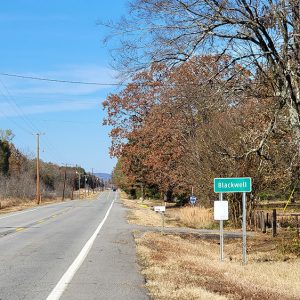 Entering Blackwell
Entering Blackwell 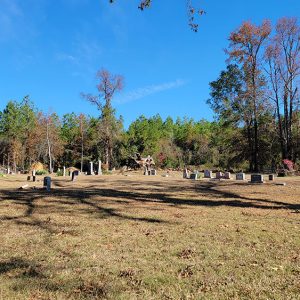 Blackwell Cemetery
Blackwell Cemetery  Blackwell Church
Blackwell Church 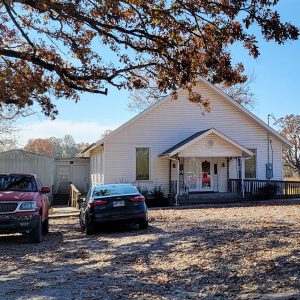 Blackwell Church
Blackwell Church  Blackwell Church
Blackwell Church 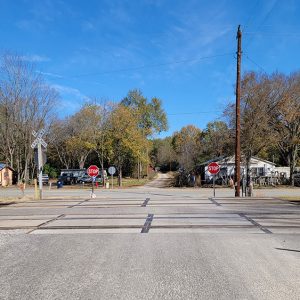 Blackwell Street Scene
Blackwell Street Scene 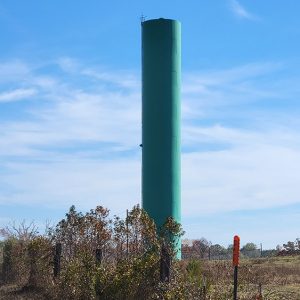 Blackwell Water Tower
Blackwell Water Tower 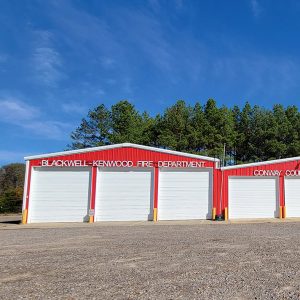 Blackwell-Kenwood Fire Department
Blackwell-Kenwood Fire Department 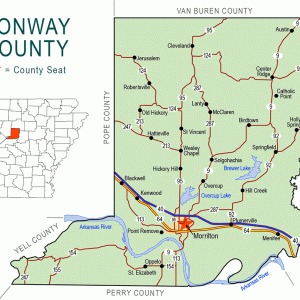 Conway County Map
Conway County Map 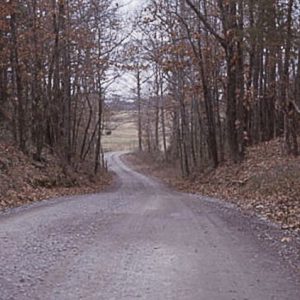 Old Wire Road
Old Wire Road 



I was born and raised in Blackwell…a beautiful, warm, and loving community. I often look back at my life there, where we had fruit from the trees and vines and my grandfather had two horses. It was a wonderful life growing up there. I remember the sawmill, which closed down in the late forties and the public well, although we had updated. I am a member of Diggs Memorial AME Zion Church. The Black people were so loving and warm. My start in music began there. Most of the people have passed on; Blackwell is sad now. The woods have grown up to Highway 64, which we would use to drive east to Little Rock or west to Fort Smith, Kansas City, etc. Blackwell had poets, scientists, writers, composers, musicians, carpenters, farmers….every kind of person that a large city would have.
I was raised up in the Blackwell area. There was a well where everyone got their water. We had a farm in the bottoms by Blackwell also. Three stores were in Blackwell. One was a store and post office with a gas station. Another was a gas and grocery store and another just a grocery store.
In Blackwell, 98% of the people were black, and the other 2% were white. The town was named Blackwell because of the blacks and the one well: Blackwell.